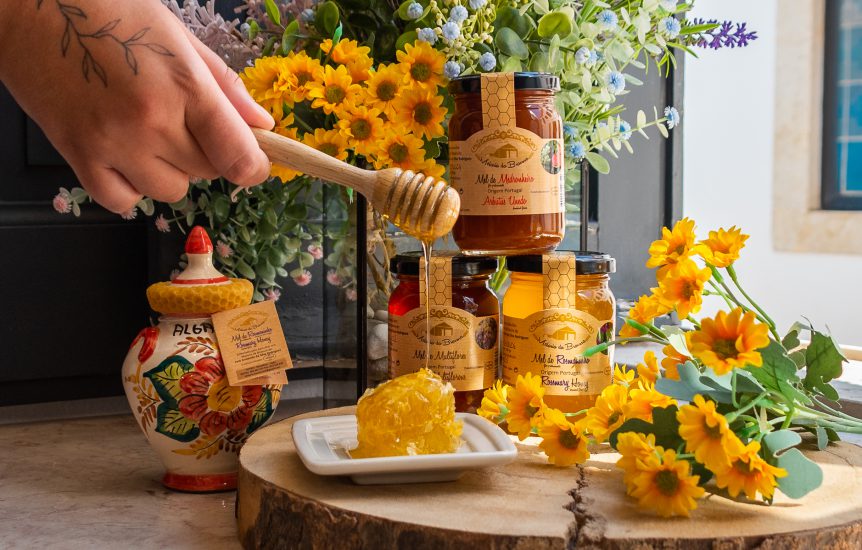- No products in the cart.
On one side, the hustle of the crowds and the heady pace of summer. On the other, the quiet contemplation of those who lose themselves in the blue of the Vicentine coast – still wild, still hidden.
Lagos stands where these two worlds meet, without ever quite blending, and that’s where its true charm lies.
There’s an uncommon harmony here, balancing the weight of history with the lightness of sunlit days. What meets the eye is only part of the experience. The rest is found in the details.
For those in no rush, Lagos gradually unveils its layers. The historic center, for instance, is a true open book, written in stone and memory. Traces of Phoenician, Roman, and Moorish presence can still be found if you know how to look. Praça do Infante, now a meeting place for tourists and locals alike was once a hub of nautical decisions and a departure point for ships sailing into the unknown. It was also here that Europe’s first slave market was built—a painful memory, yes – but one that must be acknowledged and remembered.
Further inland, as you climb the hills of Cotifo, the landscape shifts. Open vistas dotted with olive trees and rockroses invite you to pause. This is where Mel do Cotifo is born, crafted by the small and dedicated Melaria da Bravura. One taste and you’ll know – this is no ordinary honey.
Handmade in hives scattered between the barrel and the Espinhaço de Cão hills, this honey is distinguished by the variety of flowers from which it comes. Lavender, strawberry tree, rockrose, and even orange blossom combine into a dense, aromatic, and surprising nectar. Unlike many honeys from other regions, typically made from a single flower, Algarve honey is a spontaneous blend that changes with the seasons and the year. It’s a faithful reflection of both land and time.
You’ll find it at Mar d’Estórias, waiting to be taken home – not as a keepsake, but as an extension of the flavors of this land.
A sweet piece of the South, bottled with care and time.

